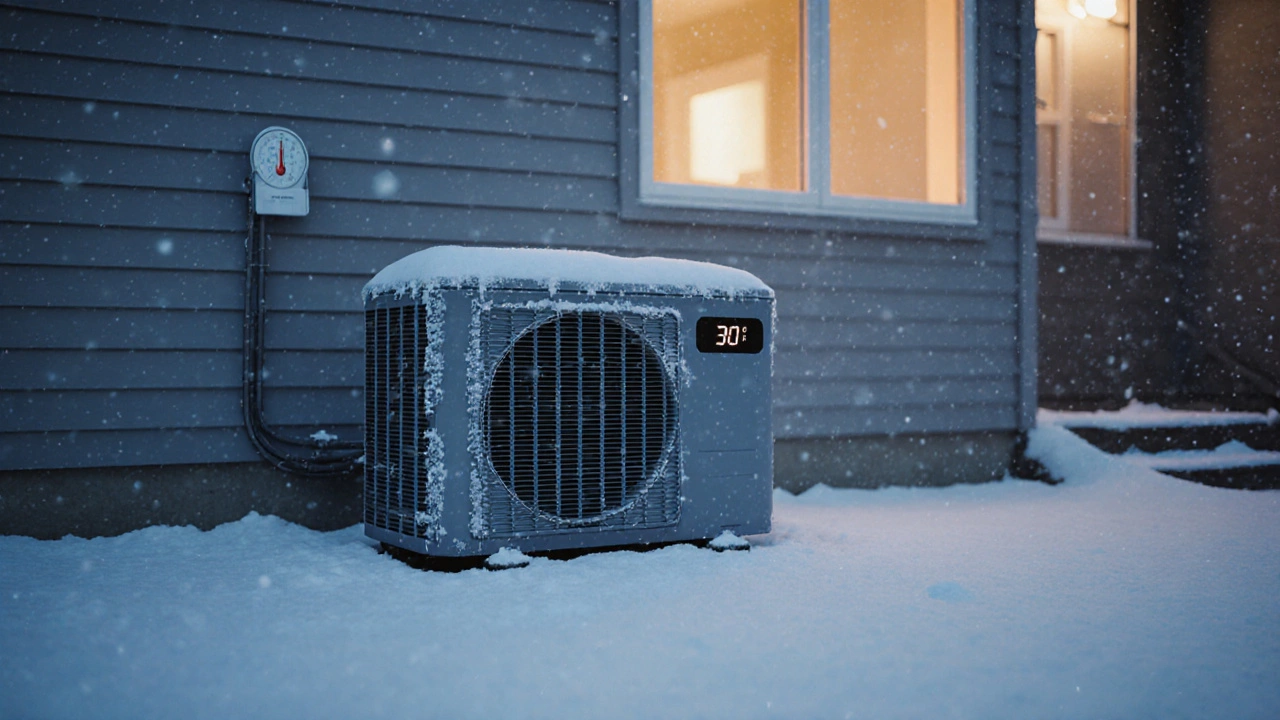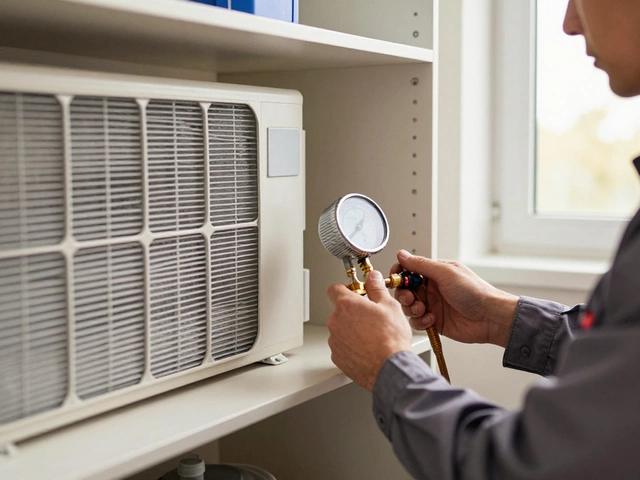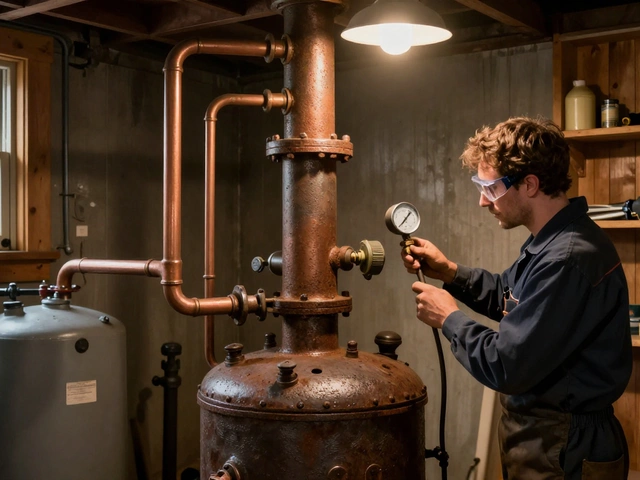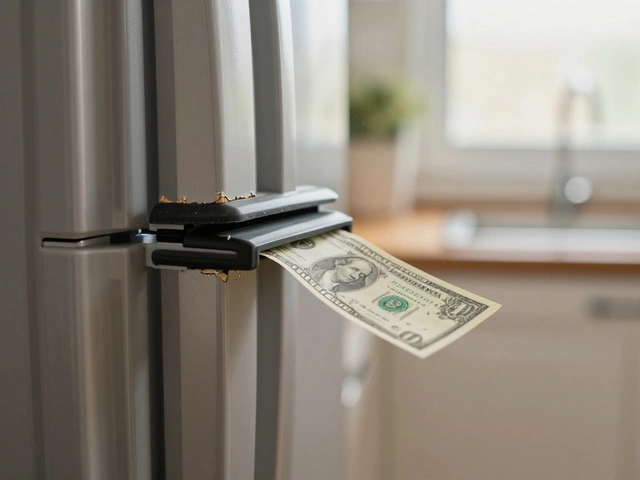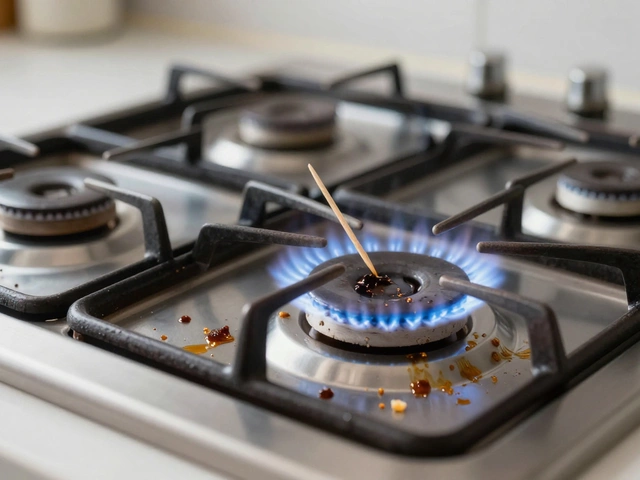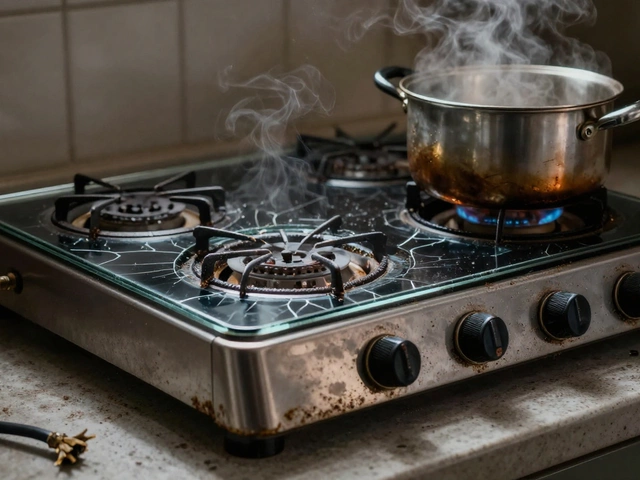Heat Pump Efficiency Calculator
Efficiency Analysis
Maintenance Tips
Recommendations
Quick Takeaways
- Air‑source heat pumps start losing efficiency around 30°F (‑1°C) and become uneconomic below 0°F (‑18°C).
- Ground‑source (geothermal) systems keep a high Coefficient of Performance down to about -22°F (‑30°C) because they draw heat from the earth.
- Modern inverter compressors, variable‑speed fans, and hybrid backup furnaces can push the practical cutoff a few degrees lower.
- Regular maintenance - cleaning coils, checking refrigerant charge, and ensuring proper defrost timing - preserves heat pump efficiency in cold weather.
- When outdoor temps dip below the cutoff, consider supplemental electric resistance heat, a gas furnace, or switching to a ground‑source system.
What Determines Heat Pump Efficiency?
Heat Pump is a device that moves heat from one place to another using a refrigeration cycle. Unlike traditional furnaces that generate heat by burning fuel, a heat pump simply relocates existing thermal energy, which makes it incredibly efficient when conditions are right.
The key metric you’ll hear is the Coefficient of Performance (COP). COP is the ratio of heat output (in BTU or kilowatts) to the electrical energy input. A COP of 3 means you get three units of heat for every unit of electricity you use.
Another related rating is the Seasonal Energy Efficiency Ratio (SEER) for cooling and the Heating Seasonal Performance Factor (HSPF) for heating. While SEER and HSPF are averaged over a typical season, COP shows the instant efficiency at a given outdoor temperature.
Why Outdoor Temperature Matters
Heat pumps rely on a temperature difference - the “lift” - between the outdoor coil (the heat‑absorbing side) and the indoor coil (the heat‑releasing side). As the outside air gets colder, that lift grows, and the compressor has to work harder.
When the lift becomes too large, the compressor’s electrical consumption rises faster than the heat it can extract, causing the COP to drop. Below a certain temperature, the extra electricity costs more than a conventional furnace would spend on fuel, making the system economically inefficient.
Ground‑source heat pumps avoid most of this problem because the underground temperature stays relatively constant (typically 45‑55°F or 7‑13°C in most of Canada). That’s why they keep a healthy COP even in deep winter.
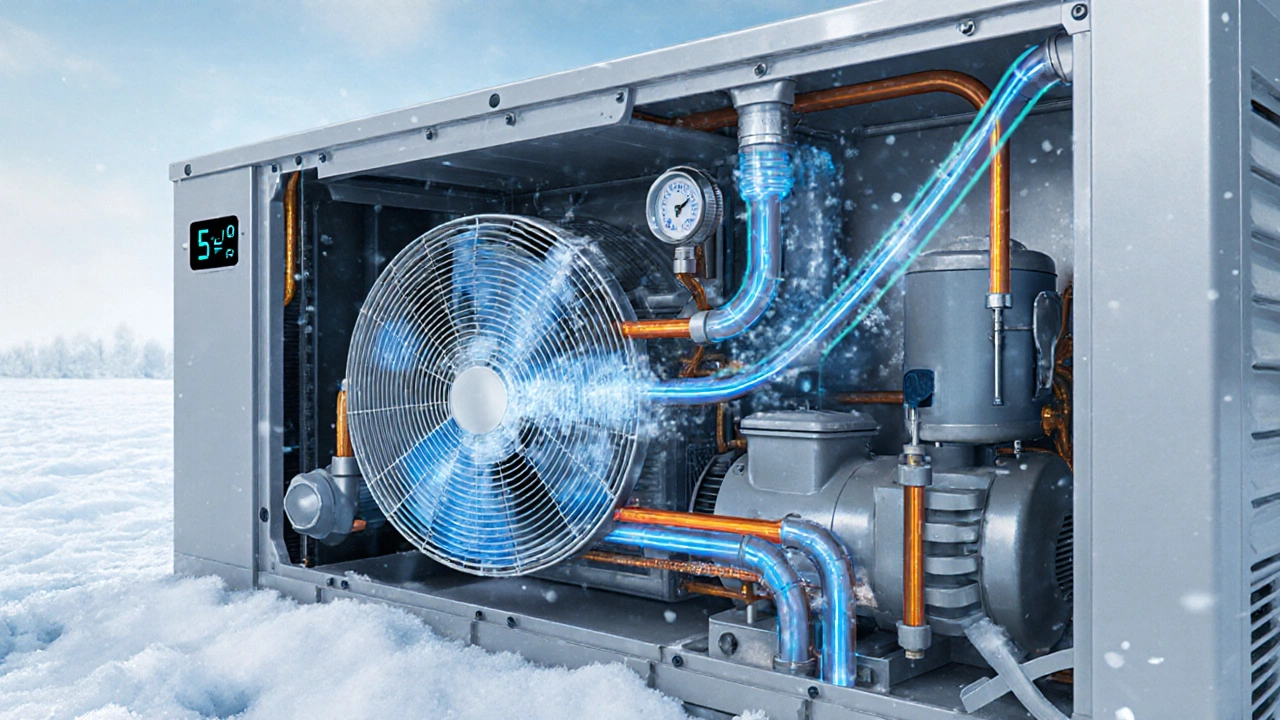
Typical Temperature Cut‑off Points
There isn’t a single answer that fits every unit, but industry data gives us a good rule‑of‑thumb:
- Standard air‑source heat pump: efficiency starts to erode around 30°F (‑1°C). By the time you hit 0°F (‑18°C), the COP often falls below 2, and many manufacturers switch to supplemental electric resistance heat.
- Cold‑climate air‑source models (with inverter compressors and enhanced refrigerants): they maintain a COP of about 2.5 down to 5°F (‑15°C) and can still operate, albeit less efficiently, at -10°F (‑23°C).
- Ground‑source (geothermal) heat pump: because the ground temperature is stable, the COP stays above 3.5 even when the surface air plummets to -22°F (‑30°C). Only extreme sub‑zero ground temps (rare in most of Canada) would force a drop.
These numbers are averages; the actual cut‑off can shift based on the refrigerant type, compressor speed, and how well the system is installed.
Technologies That Push the Limit
Manufacturers aren’t sitting still. Several advancements let heat pumps stay efficient deeper into winter:
- Inverter compressors: instead of cycling on/off, they modulate speed, matching output to demand and reducing wasted electricity.
- Variable‑speed fans: they adjust airflow to keep the evaporator coil from freezing, which improves heat extraction.
- Enhanced refrigerants (e.g., R‑448A, R‑410A blends): they have better low‑temperature heat transfer properties.
- Hybrid systems: a heat pump paired with a gas furnace automatically switches when the outdoor temperature drops below a preset threshold, usually around 15°F (‑9°C).
- Smart defrost algorithms: instead of a fixed schedule, the system detects frost build‑up and initiates a brief warm‑up, minimizing the loss of heating capacity.
When you see a unit advertised with a “cold‑climate” badge, it’s usually a combination of these features.
Practical Tips to Keep Your System Efficient in the Cold
Even the best technology can be undermined by neglect. Follow these maintenance habits:
- Clean outdoor coils at least once a year. Dust and leaves act as insulation, forcing the compressor to work harder.
- Check refrigerant charge. Low charge reduces the evaporator’s ability to absorb heat, dropping COP dramatically.
- Inspect the condensate drain. A clogged drain can cause ice buildup, especially in humid winters.
- Test the defrost cycle. Make sure the timer or sensor triggers correctly; a stuck defrost can leave the coil frozen for hours.
- Seal leaks around the indoor air handler. Uncontrolled airflow means the heat pump has to compensate for lost warmth.
If you live in a Vancouver neighbourhood that sees mild winters, you’ll rarely hit the cut‑off. But in the interior of BC or the Prairies, the above steps are vital.
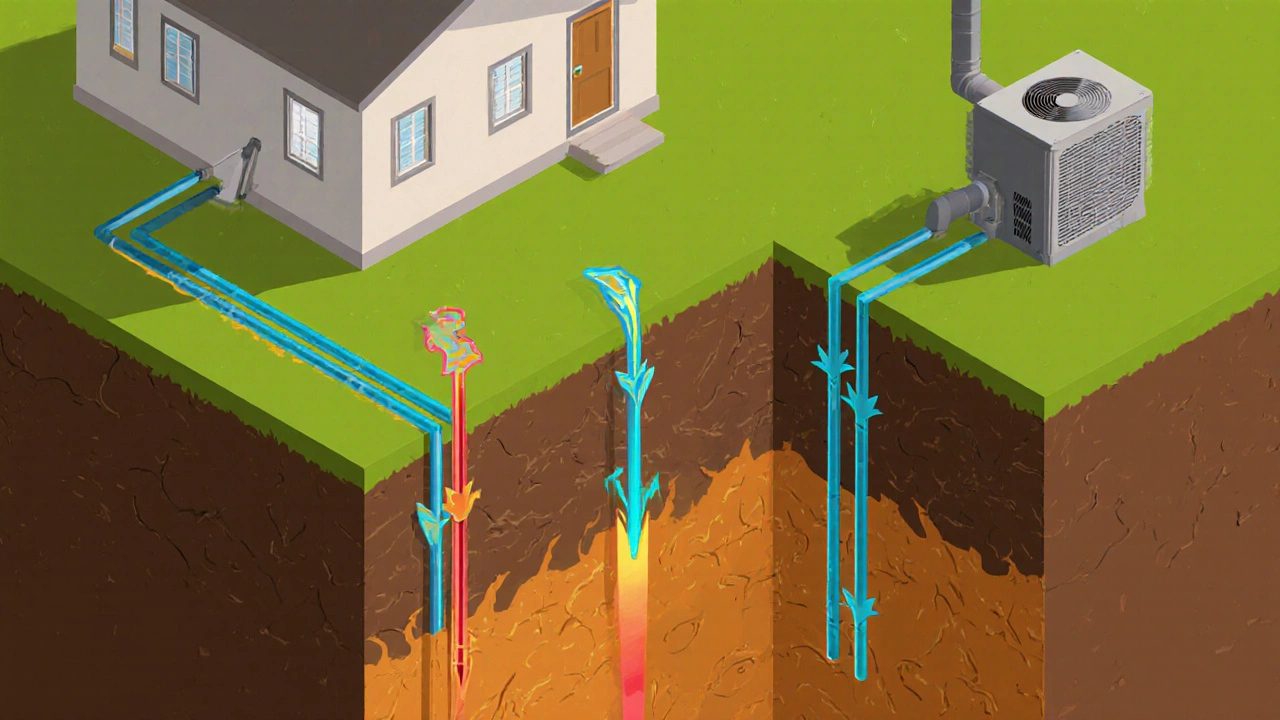
Comparison: COP at Different Outdoor Temperatures
| Outdoor Temp (°F) | Standard Air‑Source | Cold‑Climate Air‑Source | Ground‑Source (Geothermal) |
|---|---|---|---|
| 30 | 3.2 | 3.5 | 4.0 |
| 15 | 2.8 | 3.3 | 3.9 |
| 0 | 2.2 | 2.9 | 3.7 |
| -10 | 1.6 | 2.4 | 3.5 |
| -20 | 1.2 (often switches to electric heat) | 1.8 | 3.2 |
The table shows why many homeowners in colder regions add a supplemental furnace. When the COP drops below 2, the cost of electricity per heating unit rises sharply.
When to Consider a Different Solution
If you consistently see outdoor temps below the cut‑off for your current unit (e.g., sub‑0°F for a standard air‑source), it’s time to evaluate alternatives:
- Upgrade to a cold‑climate model - it can extend efficient operation by 10‑15°F.
- Install a hybrid system - the furnace takes over only when it’s truly needed.
- Switch to a ground‑source system - higher upfront cost but stable efficiency year‑round.
Running a poorly sized or outdated heat pump in extreme cold not only wastes energy; it can strain the compressor and shorten the unit’s lifespan.
Bottom Line
For most Vancouver homes, an air‑source heat pump stays efficient until the thermometer hits about 30°F (‑1°C). Below that, efficiency drops, and you’ll likely see the system add electric resistance heat. Cold‑climate units push the useful range down to 5°F (‑15°C), while ground‑source systems stay productive even at -22°F (‑30°C). Regular maintenance and the right supplemental heating strategy ensure you get the most bang for your buck no matter how low the temperature climbs.
At what outdoor temperature does a standard air‑source heat pump become inefficient?
Efficiency begins to slip around 30°F (‑1°C) and usually falls below a COP of 2 near 0°F (‑18°C), at which point many units switch to electric resistance heat.
How does a cold‑climate heat pump differ from a regular one?
Cold‑climate models employ inverter compressors, variable‑speed fans, and newer refrigerants, allowing them to keep a COP above 2.5 down to about 5°F (‑15°C).
Why are ground‑source heat pumps more efficient in extreme cold?
They draw heat from the earth, where temperature stays roughly 45‑55°F (7‑13°C) year‑round, so the temperature lift stays low and the COP stays above 3.5 even when the air outside is well below freezing.
What maintenance tasks keep my heat pump efficient during winter?
Clean the outdoor coils, verify refrigerant charge, ensure the defrost cycle works, clear the condensate drain, and seal any duct leaks.
When should I add supplemental heating to my heat pump system?
If your local winter routinely falls below the efficiency cut‑off of your current unit (e.g., below 0°F for a standard air‑source), consider a hybrid furnace or an electric resistance backup.
